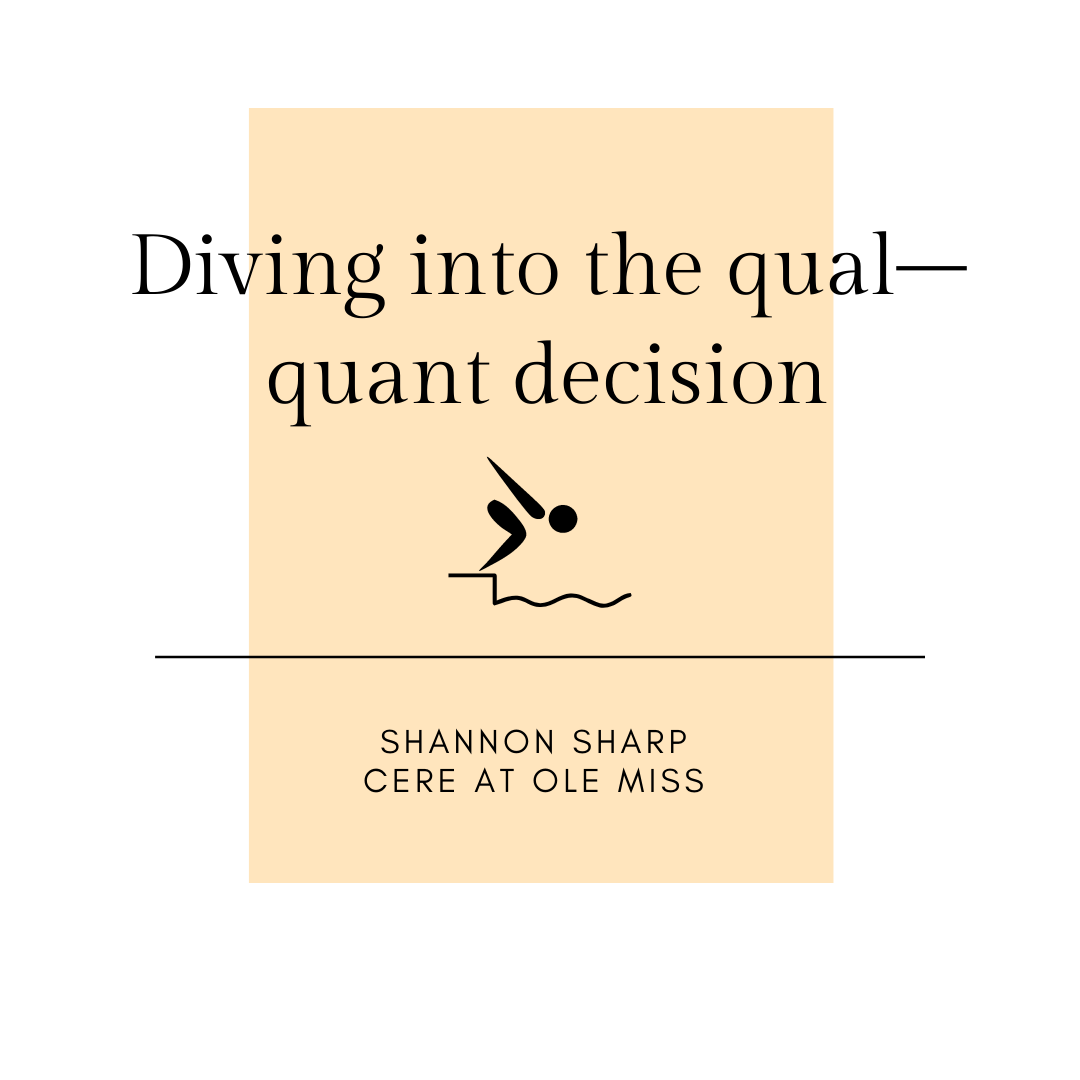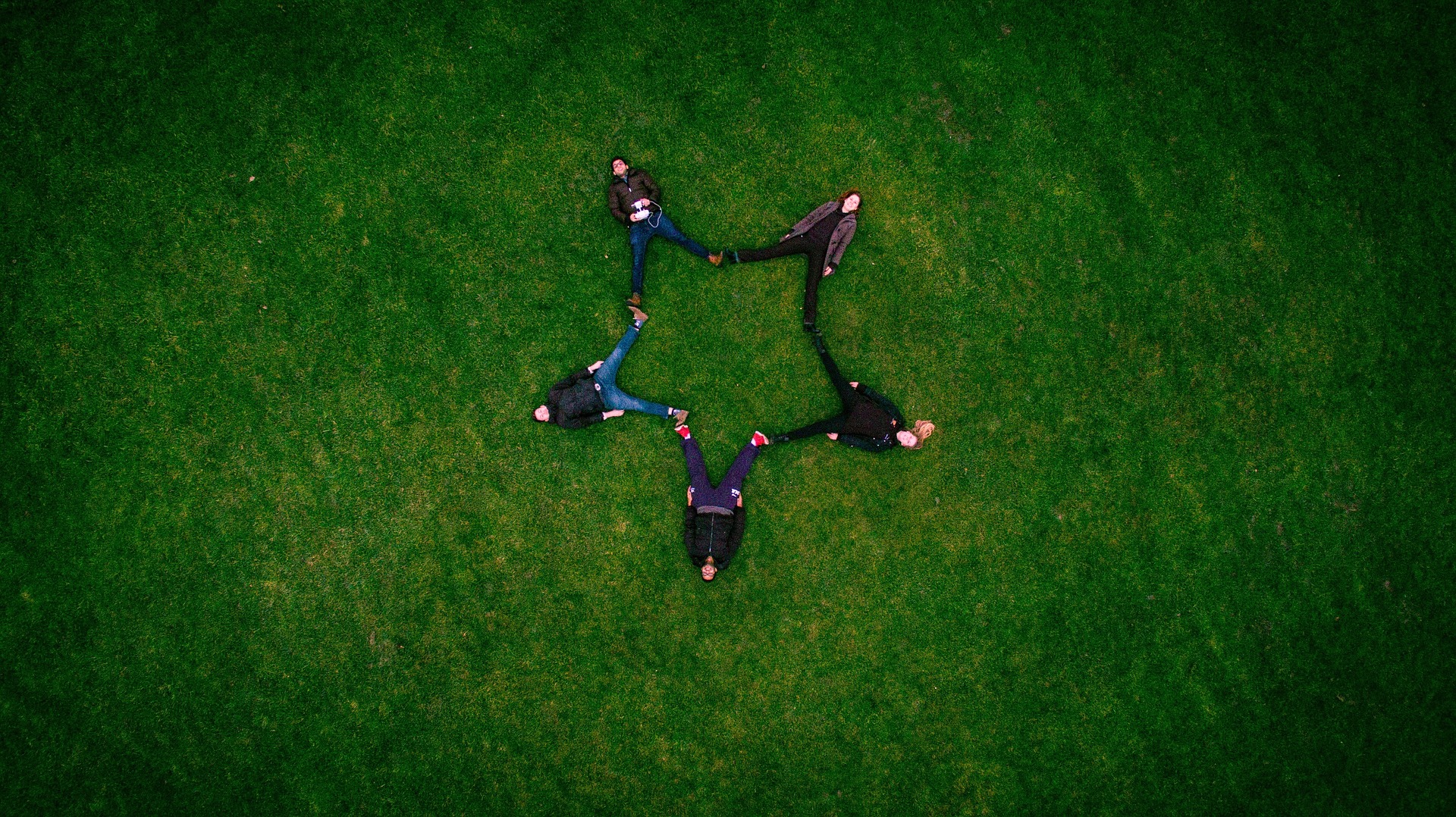
Bridging ‘What worked’ and ‘Will it Work?’: Is there a Role for Futures Studies in Evaluation?
By Sarah Mason
There’s a fundamental paradox in the field of evaluation.
Many of us want to help decision makers improve social programs. We want program leaders to use our data to inform future actions…yet, strangely, we do this by looking at the past. Despite our forward-looking aims, we focus instead on looking backwards, asking questions like ‘what worked for whom?’ and ‘what lessons did we learn?’
Paradoxically, these are not the questions many of our partners actually want answered. Instead, many of our clients are far more interested in action-oriented questions, like ‘what will work in the future?’ Or ‘what should I do now?’
Two crystal balls
Nearly 10 years ago, John Gargani and Stewart Donaldson pondered the difference between two (theoretical) crystal balls: (1) a crystal ball that shows whether a social program did save lives….or (2) a crystal ball that shows whether the social program would save lives in the future.
Gargani & Donaldson ask their readers: which crystal ball would evaluation commissioners choose?
Despite the fairly obvious answer to this question (the future!)—and regular calls for evaluators to be more future-oriented—our traditional methods still leave us ill-equipped to address future-oriented questions.
Introducing Futures Studies
Futures studies is the systematic study of possible futures (what might happen?), probable futures (what is likely to happen?) and preferable futures (what do we want to happen?). Its goal is to illuminate what is possible and to help shape desired futures through better decision making today. I’d like to suggest that this field offers enormous potential for evaluators.
Now, futures studies isn’t about predicting the future (sorry—no crystal balls) but instead focuses on helping decision makers consider future possibilities (and their implications for desired future goals).
Expanding our methodological toolkit?
Luckily for evaluators, Futures Studies also includes a whole host of methodological options—many of which could easily be added to an evaluator’s everyday toolkit to use when we need more futures-oriented techniques.
Here’s an example:
Futures Wheel: A Futures Wheel is a structured, participatory process for thinking about possible consequences of changes or decisions. Users (1) identify the change, or idea, they’re interested in exploring, then (2) brainstorm all possible first-order consequences of that change and (3) then follow up by brainstorming all second and third-order consequences, too.
Image source: https://www.mindtools.com/pages/article/futures-wheel.htm
Futures Wheels are an ideal method for walking decision makers through potential program changes or proposed re-designs. If there are competing design options on the table—do 3! Have program leaders talk through the consequences of each potential change (Are there recurring themes? Does one option have more positive first order consequences than the rest? What risk mitigation strategies do these ideas suggest?)
Other possible methods
Other futures methodologies include scenario planning (creating unique potential futures so that decision makers have to ponder what that specific future might mean for their planning), environmental scanning (intentionally mapping trends in the environment to help make quick decisions) and wild card activities (mapping out the consequences of low-likelihood, high-impact events).
It is time for evaluators to expand our toolkits so we can better orient our work towards the future. Futures methodologies may just be one set of tools to move us forward in that direction.*
*This blog post is based on a recent paper presented at the 2021 Canadian Evaluation Society conference.





